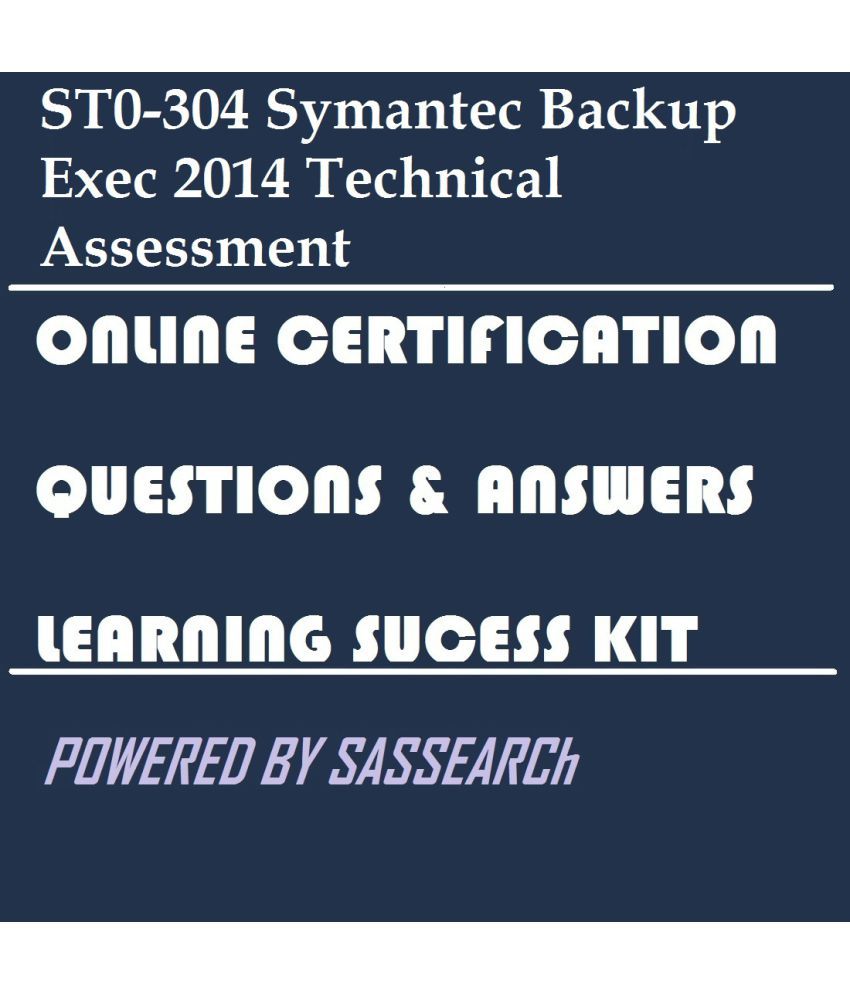

A drawback of tape is that it can only be accessed by starting at the beginning and rolling through the tape until the desired data is located.Solve your backup challenges with Symantec Backup Exec 2014. The magnetic tape is housed in a plastic cartridge similar to that of an audio or video cassette.īecause the tapes, which are recorded by a device called a tape drive, are portable and inexpensive to purchase, tape is often used for backing up or archiving data. In computers, tape is an external storage medium, usually both readable and writable, consisting of a loop of flexible celluloid-like material that can store data in the form of tiny magnetic fields that can be read and also erased. NOTE: The process to inventory and catalog Backup-to-Disk (B2D) Files is similar to what is shown above, with the exception that these files use a virtual tape library on the designated source or target hard disk.


An inventory and catalog must be performed on all tapes to be included in a search. This will add the directory structure of the data on the tape to the restore tree. Click on the check box Inventory all drives on BackupExec services startup. In the Properties pane, under Job Defaults, click Preferences ģ. To have Backup Exec perform an inventory each time Backup Exec startsĢ. Inventorying All Drives When Backup Exec Services StartĪ default can be set so that all drives are inventoried whenever the BackupExec services are started.Īn inventory of all drives on startup is recommended if media is often moved between robotic libraries, but Backup Exec may take longer to start. Tape number/label/name (something to identify that tape from all others).The information contained in the catalog includes, but is not limited to: When cataloging a tape, Backup Exec reads the header information from the tape and stores it in a file on the hard drive. The inventory will complete and should display the correct tape name. How to perform an Inventory and Catalog in Symantec BackupExec


 0 kommentar(er)
0 kommentar(er)
